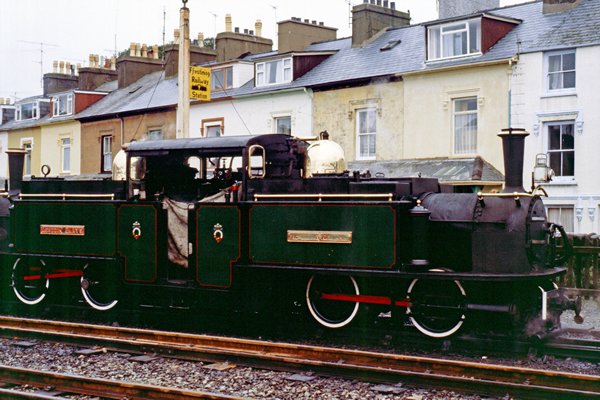
[7-8-1985]
Foto: Ffestiniog Railway.
Uit de reisbeschrijving van Frames National:
We leave the North Wales coast today and make our way south to the scenic valleys and hills of Mid Wales.
The day begins with a journey down the eastern side of the Conwy Valley, through Llanrwst, whose bridge over the Conwy bears the date 1636 and is said to have been designed partly by Inigo Jones. Travelling via Betws-y-Coed we reach Beddgelert, a picturesque village amidst lofty mountains, woods and streams — a favourite resort of anglers, artists and climbers. South of the churchyard lies the Tomb of Gelert, Liewelyn’s favourite dog, from which it is said the village took its name.
We continue to the seaport and holiday town of Porthmadog, which owes its existence to the imagination and energy of a 19th century Member of Parliament, William Madocks, who reclaimed from the sea the land on which it stands. Here lies the sea port terminus of the Ffestiniog Railway, best known of the Great Little Trains of Wales. lt was built to carry the slate from the great quarries at Ffestiniog, 10 miles inland. Now that traffic has ceased but the railway is as busy as ever carrying thousands of tourists every year through some of the finest scenery in North Wales.
We board the train at this point and travel through to Ffestiniog, once there we rejoin the coach for the short ride to see the Llechwydd Slate Caverns where underground trains carry you through the original workings.
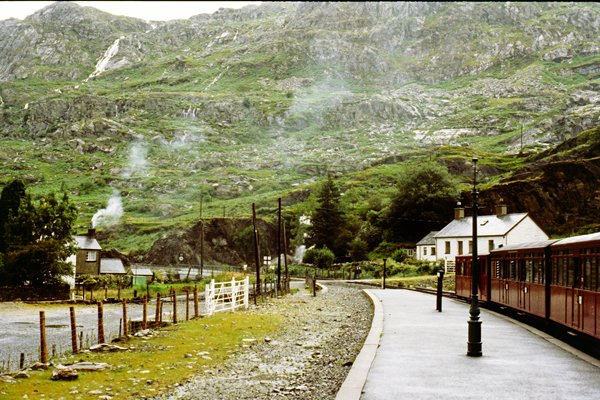
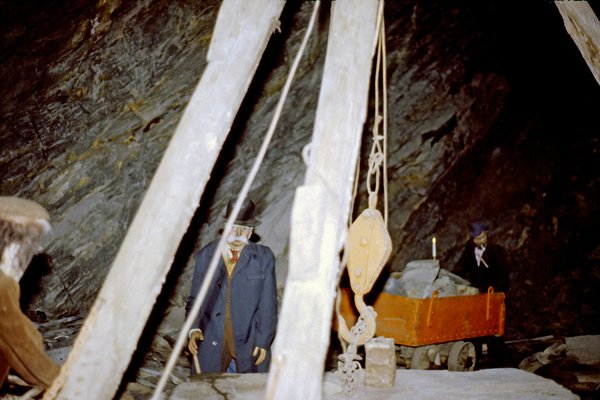
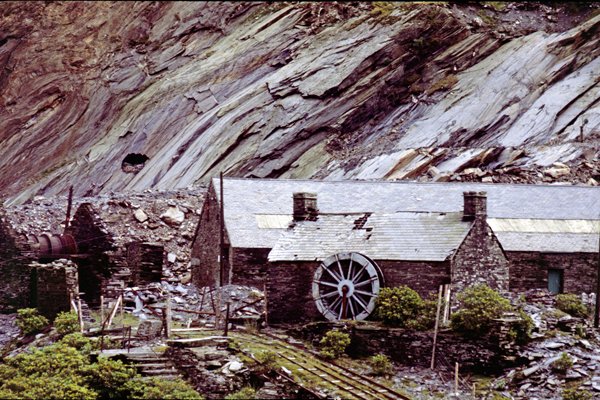
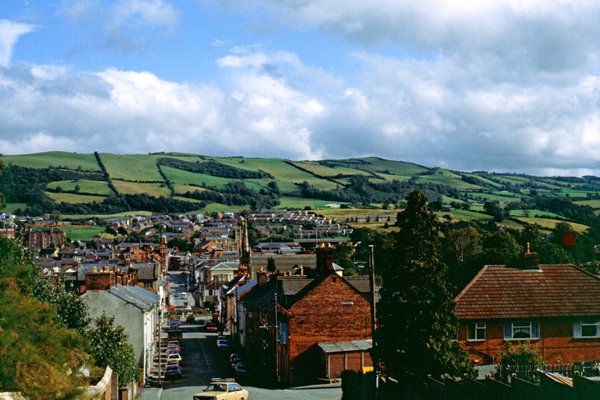
[7-8-1985]
Uit de reisbeschrijving van Frames National:
From Llechwydd we continue, now travelling south, through Ffestiniog village to Dolgellau, the meaning is thought to be ‘meadow of the slaves’ and referred to the Britons forced by the Romans to work in the nearby gold mines, which were actually worked until the 1930’s — Queen Elizabeth Il’s wedding ring was made from gold mined here. On through Machynlleth, a flourishing market town based on local agriculture and forestry, then turning inland and crossing the Cambrian Mountains we reach Newtown, where we spend the night.
This is an ancient market town once named Cadewain, but renamed as Newtown in Medieval times, it has a tremendous diversity of architecture from Tudor to modern times with its buildings crowding together in a gentle loop of the River Severn. Robert Owen, the mill owner and social reformer who inspired the Cooperative movement, was born and died here — he is buried in the churchyard of St. Marys.
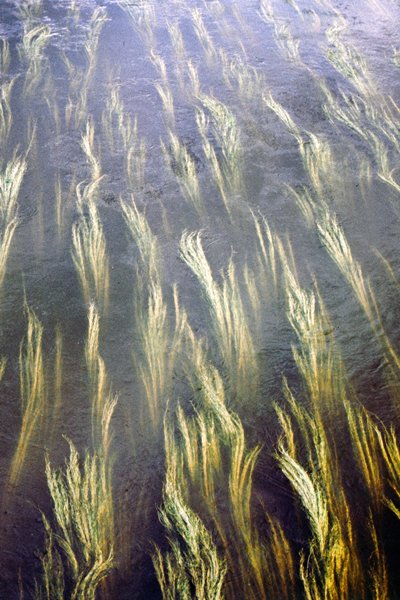
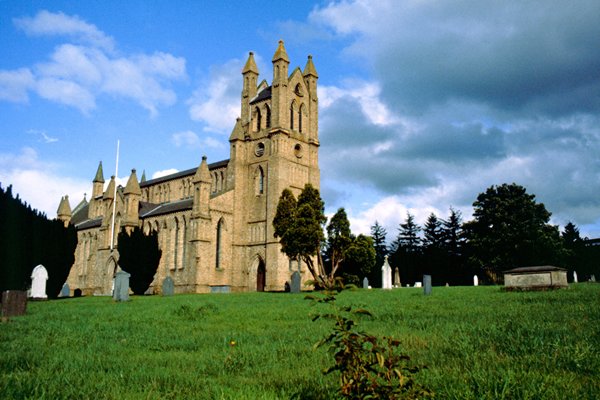
volgende: Newtown-Carmarthen